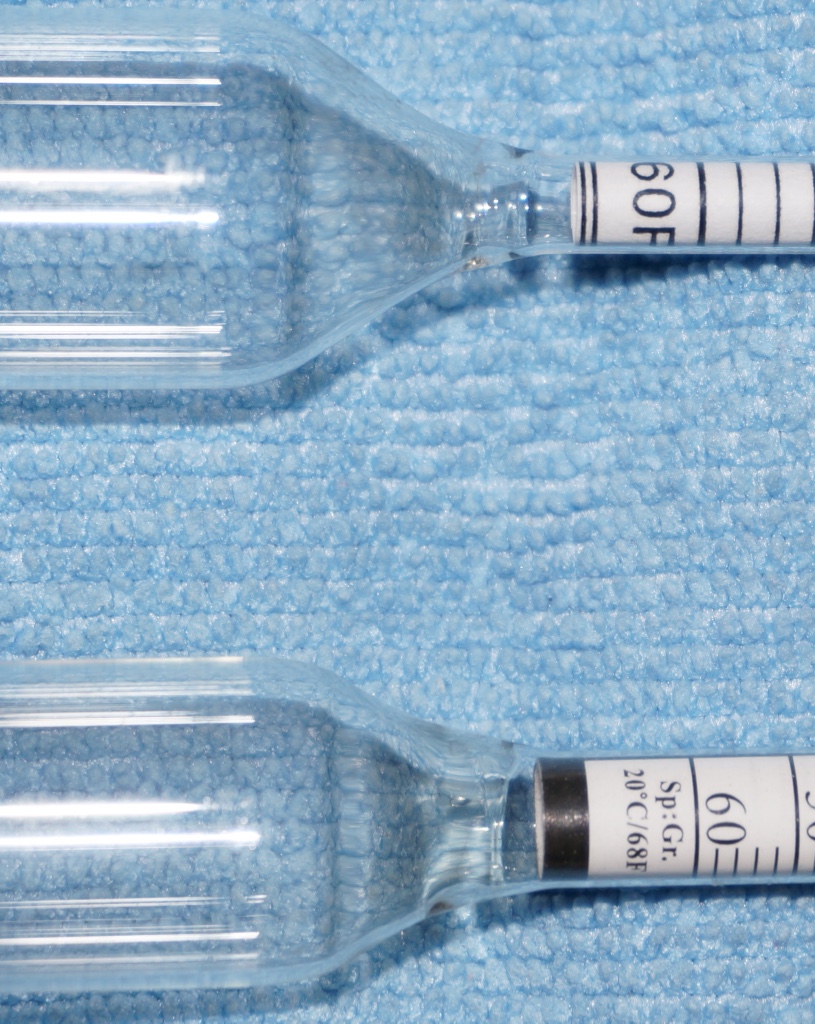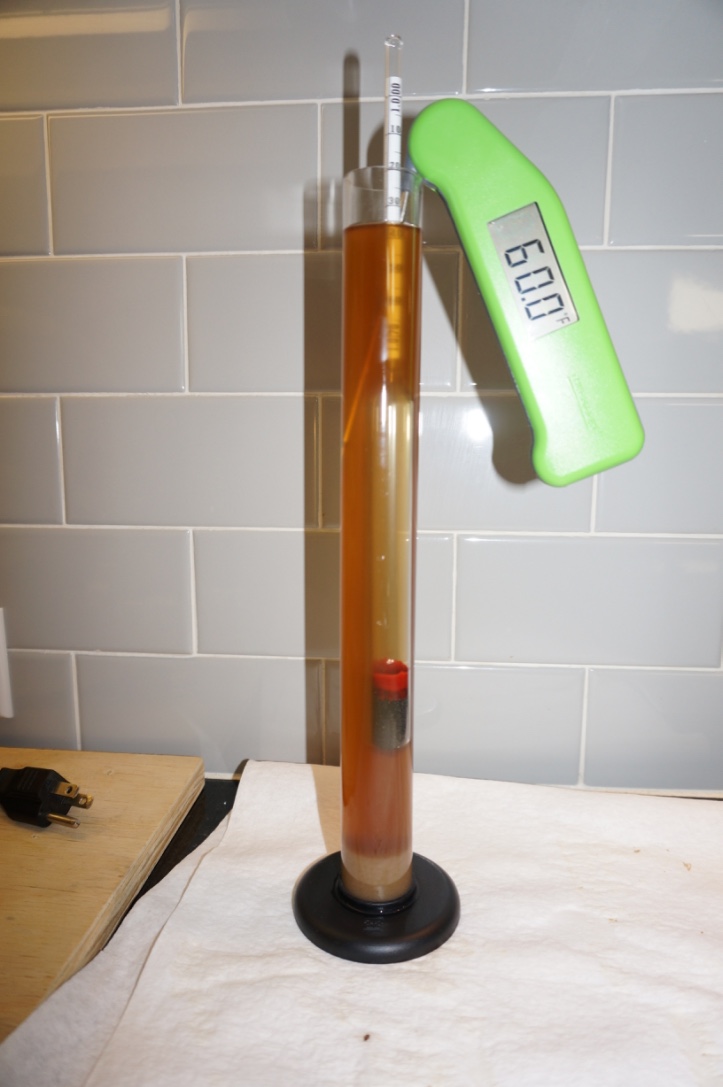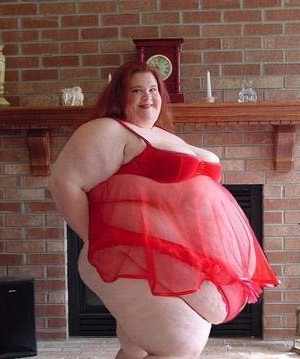Ok so my refractometer broke like two months ago and since then what I've done is once I get my pre boil volume I'll mix real well and pull a sample then stick it in the freeZer to chill it to 70-75 deg then I'll pour that into my test tube and test it with a hydrometer. Same thing today and I was four points high on my pbg however after boiling an hour and hitting my volume it seemed or looked like i was two points low on my og but I find this hard to believe since logic would say if your above your projected pbg and you boil off the correct amount I should be higher than my projected og right? So I wondered if temp in the pbg has my reading off or maybe I mean my og sample was a little foamy and if anything I prob hit my projected og of 1.064 which is fine but shouldn't it be higher if again my pbg is measured higher and I boiled off to my correct amount? Just curious if I'm missing something and yes my hydrometer has been checked multiple times in distilled water and its spot on but maybe I'll check it again I've done the same with the last five beers I've made and all have hit projected og on the hydrometer.
You are using an out of date browser. It may not display this or other websites correctly.
You should upgrade or use an alternative browser.
You should upgrade or use an alternative browser.
Is there an ideal temp to take pre boil gravity with hydrometer
- Thread starter olotti
- Start date

Help Support Homebrew Talk - Beer, Wine, Mead, & Cider Brewing Discussion Forum:
This site may earn a commission from merchant affiliate
links, including eBay, Amazon, and others.
JLeuck64
Well-Known Member
My view is that PBG needs to be measured at ambient temps. So to be the most accurate you would need the PBG sample and the O.G. sample at the same temps.
I typically put my PBG sample in the fridge and leave it there until I am finished boiling, chilling and taking my O.G. reading. Usually I will see an increase in the gravity, but I am not measuring the temps of both samples to make sure they're equal. It's really not a huge concern in my opinion, just a way of checking efficiency. I was checking PBG when making changes to my equipment, for example, like changing a mash tun or switching from batch sparging to fly sparging. Once I had a few batches with the new equipment and started seeing the same efficiency numbers I started to forget to check PBG
I typically put my PBG sample in the fridge and leave it there until I am finished boiling, chilling and taking my O.G. reading. Usually I will see an increase in the gravity, but I am not measuring the temps of both samples to make sure they're equal. It's really not a huge concern in my opinion, just a way of checking efficiency. I was checking PBG when making changes to my equipment, for example, like changing a mash tun or switching from batch sparging to fly sparging. Once I had a few batches with the new equipment and started seeing the same efficiency numbers I started to forget to check PBG

LLBeanJ
Well-Known Member
Your hydrometer should state on it what the calibration temp is, which will likely be 60° or 68°F. Wort/beer that is below the calibration temp will measure higher than actual and wort/beer that is above the calibration temp will measure lower than actual.
Northern Brewer and Brewersfriend both have hydrometer correction calculators on their websites. You just enter the hydrometer reading and temp of the sample and the calculator will spit out a corrected reading. Make sure samples are <100°F before taking readings, as the further the wort/beer temp is from the hydrometer's calibration temp, the less accurate the corrected reading will be.
Northern Brewer and Brewersfriend both have hydrometer correction calculators on their websites. You just enter the hydrometer reading and temp of the sample and the calculator will spit out a corrected reading. Make sure samples are <100°F before taking readings, as the further the wort/beer temp is from the hydrometer's calibration temp, the less accurate the corrected reading will be.
Natdavis777
Well-Known Member
I pull my pre-boil sample as the wort starts its rolling boil (with a pyrex cup) and throw it in the freezer until it gets to 60F. I pull my post-boil sample right before flameout (same method). I always take my measurements @ 60F as that is what my hydro is calibrated to.
Check your hydrometer. It should say on it, in the bulb part, what the temperature it is calibrated for. Mine is for 60 degrees F. The closer you are to that temperature for your sample, the more accurate the reading......
Alternatively, get a refractometer. It's a lot easier and takes a lot less time to cool down a couple drops of wort in a pipette than a whole hydrometer sample. Plus most refractometers have some temperature compensation so you don't need to be as close to 60/68 as with a hydrometer.
Yeah it's a bit more money ($35 - $50) but it's also a lot harder to break! You still want to keep your hydrometer for the FG measurement but that's almost always near 60/68 already. You can still use a refractometer for FG but it requires compensation and a web-based calculator.
Short answer: I find a refractometer easier and quicker for everything on brew day and during fermentation. On bottling/kegging day I use the hydrometer.
Yeah it's a bit more money ($35 - $50) but it's also a lot harder to break! You still want to keep your hydrometer for the FG measurement but that's almost always near 60/68 already. You can still use a refractometer for FG but it requires compensation and a web-based calculator.
Short answer: I find a refractometer easier and quicker for everything on brew day and during fermentation. On bottling/kegging day I use the hydrometer.
charliehorse
Well-Known Member
You can still use a refractometer for FG but it requires compensation and a web-based calculator.
Most refractometers sold for brewer's has the scale in specific gravity. You shouldn't need to use anything to convert it to anything, unless you're calculating your ABV.
LLBeanJ
Well-Known Member
Most refractometers sold for brewer's has the scale in specific gravity. You shouldn't need to use anything to convert it to anything, unless you're calculating your ABV.
A direct reading from a refractometer once there is alcohol present in the solution will not give accurate readings. A conversion is required at that point.
Most refractometers sold for brewer's has the scale in specific gravity. You shouldn't need to use anything to convert it to anything, unless you're calculating your ABV.
Yeah that's true, though I've seen some where the specific gravity scale doesn't actually match up. But from a trusted source they'd be OK I'm sure.
TheCondor
Well-Known Member
A quick way to cool your sample is put it in a stainless cocktail shaker then swirl in a bowl of ice water. Cools in about a minute.
Measure at the hydrometer's calibration temperature.
60°f and 68°f are common calibration points used.


60°f and 68°f are common calibration points used.


olotti
Well-Known Member
Measure at the hydrometer's calibration temperature.
60°f and 68°f are common calibration points used.
Hm I'm gonna have to check my hydrometer and see what the appropriate temp is. Never knew it was so specific.
charliehorse
Well-Known Member
Most refractometers sold for brewer's has the scale in specific gravity. You shouldn't need to use anything to convert it to anything, unless you're calculating your ABV.
If you have alcohol in your pre-boil wort, you're doing it wrong.
TheCondor
Well-Known Member
If I had alcohol in my pre boil, I would think I'm doing something right. [emoji1][emoji482]
olotti
Well-Known Member
Your hydrometer should state on it what the calibration temp is, which will likely be 60° or 68°F. Wort/beer that is below the calibration temp will measure higher than actual and wort/beer that is above the calibration temp will measure lower than actual.
Northern Brewer and Brewersfriend both have hydrometer correction calculators on their websites. You just enter the hydrometer reading and temp of the sample and the calculator will spit out a corrected reading. Make sure samples are <100°F before taking readings, as the further the wort/beer temp is from the hydrometer's calibration temp, the less accurate the corrected reading will be.
So I finally checked my hydrometer. So I pull my samples when I'm transferring wort to the primary so temp is usually 64-67 deg. So like you say if the temp is high the the reading is low so should I assume then that a reading of 1.062 at 64-67 deg is prob a little low and I'm more around my projected og of 1.064. I now know to cool my samples further to hit the 60 deg mark.
- Joined
- Nov 26, 2013
- Messages
- 7,669
- Reaction score
- 14,585
BrewDay first steps include placing two cereal bowls in freezer.
Pulling post-mash hydro sample, swirled in bowl with large area and large now frozen mass, quickly cools the ~1/2c sample to near calibration temp for hydrometer/refractometer reading.
Altho I admit the cocktail shaker idea is also mighty fine @TheCondor.
Pulling post-mash hydro sample, swirled in bowl with large area and large now frozen mass, quickly cools the ~1/2c sample to near calibration temp for hydrometer/refractometer reading.
Altho I admit the cocktail shaker idea is also mighty fine @TheCondor.
LLBeanJ
Well-Known Member
So I finally checked my hydrometer. So I pull my samples when I'm transferring wort to the primary so temp is usually 64-67 deg. So like you say if the temp is high the the reading is low so should I assume then that a reading of 1.062 at 64-67 deg is prob a little low and I'm more around my projected og of 1.064. I now know to cool my samples further to hit the 60 deg mark.
Not off by much @ 64-67. At 64, I would go with the hydrometer reading. At 67, I would add 1 point to the hydrometer.
Here is a link to the Brewersfriend temp correction calculator.
olotti
Well-Known Member
Not off by much @ 64-67. At 64, I would go with the hydrometer reading. At 67, I would add 1 point to the hydrometer.
Here is a link to the Brewersfriend temp correction calculator.
Thanks yeah I went to that link and you're spot on.
jmcquesten
Well-Known Member
Dont sweat it. Just toss the hydro right in the kettle, take the reading and temp, run the numbers on your smartphone on any of the online sites and log. Preboil gravity done. Ive made beer every time.
Don't do this
Don't do this
What will happen?
kev211
Well-Known Member
What will happen?
Cold glass tube + hot beer water = millions of sharp pieces of glass tube in beer water. Never put a hydrometer in hot wort.
Cold glass tube + hot beer water = millions of sharp pieces of glass tube in beer water. Never put a hydrometer in hot wort.
I get that...but the way I brew by the time Ive mashed out and sparged 10 gallons the final temp in the brew kettle is only around 140° or less. Ive never blown up a ambient temp hydrometer taking a pre boil reading in the kettle, its just not hot enough. YMMV
kev211
Well-Known Member
I get that...but the way I brew by the time Ive mashed out and sparged 10 gallons the final temp in the brew kettle is only around 140° or less. Ive never blown up a ambient temp hydrometer taking a pre boil reading in the kettle, its just not hot enough. YMMV
I think we may get to the point of arguing semantics with this question, but what temp are you sparging at that makes your pre-boil temp that low? Either way, 140 to me seems way too hot to put cold or even room temp glass in
I break hydrometers by just looking at them. True story. 
Seriously, broken glass in liquid is hard to spot. For some reason, It's easy to find at the ER though.
Respect hydrometers... and always have a spare.

Seriously, broken glass in liquid is hard to spot. For some reason, It's easy to find at the ER though.
Respect hydrometers... and always have a spare.

I think we may get to the point of arguing semantics with this question, but what temp are you sparging at that makes your pre-boil temp that low? Either way, 140 to me seems way too hot to put cold or even room temp glass in
I generally sparge between 172-175° Brewed yesterday and iirc the temp adjustment when it was done was 138°. I am guilty of slow sparging maybe that has something to do with the low temps. Ive taken real hot hydro readings but I would always use a beaker for that and still never had one crack. Im going with, if I can stick my finger in it, it wont crack glass.
Im going with, if I can stick my finger in it, it wont crack glass.
I'm not sure about that...

charliehorse
Well-Known Member
Cold glass tube + hot beer water = millions of sharp pieces of glass tube in beer water. Never put a hydrometer in hot wort.
Not to mention the lead that's in the bottom. If you're testing the SG of your wort, get a refractometer. They aren't that expensive.
Similar threads
- Replies
- 20
- Views
- 2K
- Replies
- 6
- Views
- 395
- Replies
- 39
- Views
- 2K
Latest posts
-
-
-
-
-
For Sale 10 Gallon Full Setup -Nebraska
- Latest: BrewersVocation
-
-
-

